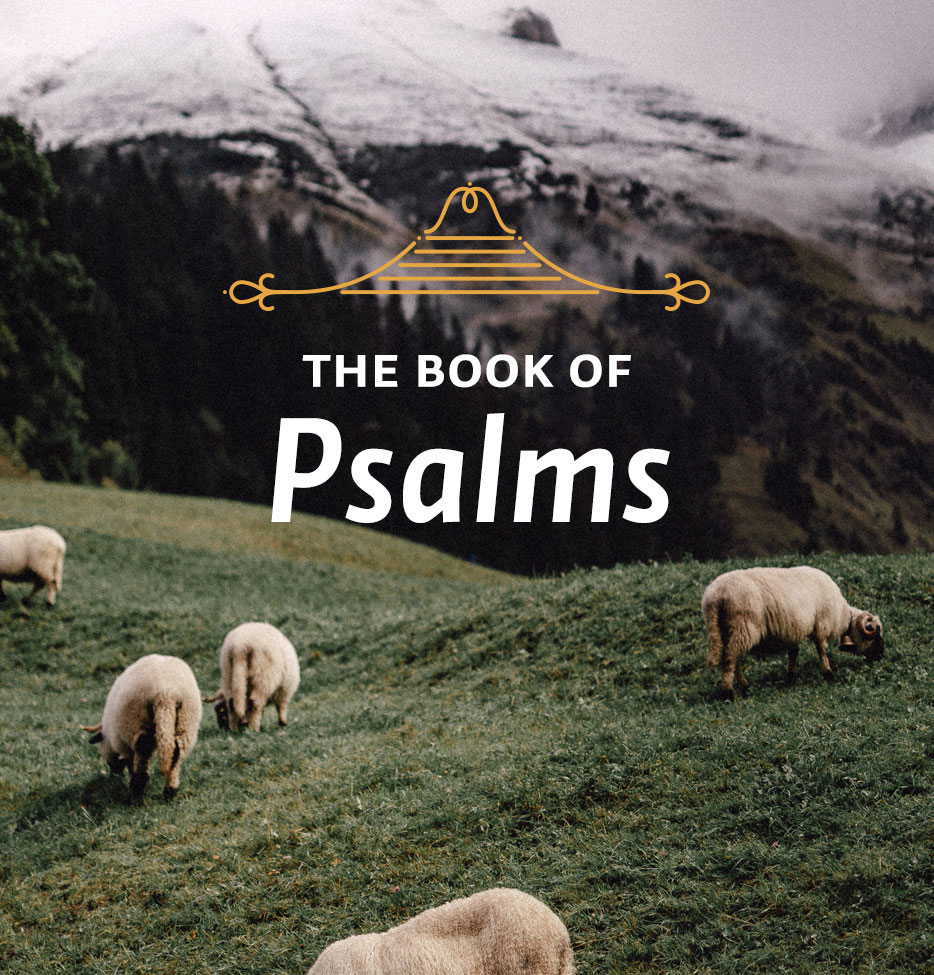Theme: God’s Pleasure in His Creation
In this week’s lessons, we see that not only does creation rejoice in God its Creator, but also God himself takes joy in what he has made.
Scripture: Psalm 104:1-35
Psalm 104 is a splendid praise psalm, one of the finest in the Psalter. The first part (vv. 1-30) follows the account of creation in Genesis 1 in a general way and shows how the entire cosmos rejoices in its good God. The second, surprising part (vv. 31-35) shows God rejoicing in his creation.
Do you ever think of God taking pleasure in his creation? We do not have trouble as Christians thinking how the creation rejoices in God, or should. (Man is a problem in this area.) But for many of us the thought that God likes what he has made and takes pleasure in it will be a new idea. It was for John Piper, the Minneapolis Baptist pastor and author who wrote The Pleasures of God.1 Before he wrote the sermons that eventually appeared as the book by that title, Piper had already published a book titled Desiring God, which argued that God is most glorified in us when we are most satisfied in him. The theme of that book was the answer to the question, “What is the chief end of man?” from the Westminster Shorter Catechism. The answer given is, “Man’s chief end is to glorify God and to enjoy him forever.”
In his second book, The Pleasures of God, Piper added the truth he had discovered in the meantime, which is that “we will be most satisfied in God when we know why God himself is most satisfied in God.”2
Piper says—as did Jonathan Edwards in one of his masterful treatises—that God delights in creation because creation displays his glory and the glory of God is God’s chief end in all his works. Edwards called attention to this on the basis of Psalm 104, which says: “May the glory of the LORD endure forever, may the LORD rejoice in all his works.”3
Psalms 103 and 104 go together. John Stott says,
Psalms 103 and 104 form a perfect pair and illustrate the balance of the Bible. Both begin and end with the words Praise the LORD, O my soul. Psalm 103 goes on to tell of the goodness of God in salvation, Psalm 104 of the greatness of God in creation (v. 1). Psalm 103 depicts God as the father with His children, Psalm 104 as the Creator with His creatures. Psalm 103 catalogues His benefits (v. 2), Psalm 104 His works (vv. 13, 24, 31).4
The first section of this psalm (vv. 1-30) follows the account of creation in Genesis 1, though only in a general way. The psalm makes distinct and different points from the Genesis account as it moves through creation’s various parts. We will see some of these as we work through the exposition. It is why I have not followed the “days pattern” in what follows, as some other commentators do. Nevertheless, the patterns are close enough to show that the psalmist had Genesis in mind as he worked on his composition. We will not be far wrong if we think of Psalm 104 as a poetic reflection on the more factual account in Genesis.
1John Piper, The Pleasures of God (Portland: Multnomah, 1991).
2John Piper, Ibid., p. 9.
3Jonathan Edwards, “A Dissertation Concerning the End for which God Created the world” in The Works of Jonathan Edwards (Edinburgh and Carlisle, PA: Banner of Truth Trust, 1974), vol. 1, pp. 94-121. The reference to Psalm 104 is on page 111.
4John Stott, Favorite Psalms (Chicago: Moody, 1988), p. 98.
Study Questions:
Why is the second part of this psalm surprising?
What is the basis of God’s pleasure in the creation?
Compare Psalm 103 and 104. Why are they said to go together?
Application: How can you demonstrate your satisfaction in God?
Observation: The similarity of pattern between texts can shed light on the meaning of a text.






